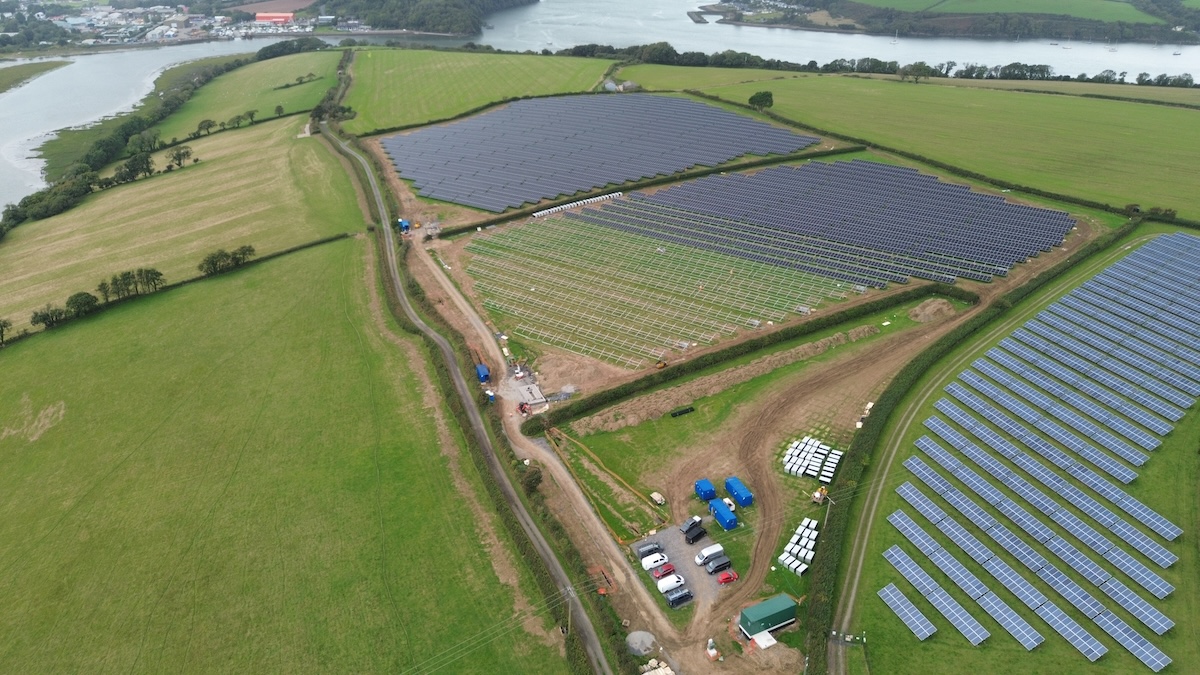Power purchase agreements (PPAs) are a proven route to renewable electricity – but legal complexity and high costs can make them difficult to execute. Shawton Energy says its in-house model of legal, funding, and delivery expertise can overcome these barriers.
PPAs allow organisations to lock in renewable electricity at predictable prices, often for terms of 10 to 25 years. But despite their benefits, many businesses find them daunting. “The traditional PPA route can take nine to 12 months, involve multiple sets of lawyers, and rack up six-figure costs,” says Shawton Energy’s CEO, Jamie Shaw. “That’s enough to put a lot of companies off.”
The Shawton Energy approach
Shawton Energy set out to remove these barriers. By employing its own legal team, providing direct funding, and managing installations in-house, the company reduces both time and cost. “We write the contracts ourselves, so clients aren’t paying tens of thousands for external lawyers,” Jamie explains. “And because we fund and deliver the projects directly, there’s no third-party complexity.”
Speed and simplicity
This integrated model means clients can move from discussion to delivery much faster. Shaw cites examples where Shawton has closed agreements in a matter of weeks, compared to months or years for traditional PPAs.
“For a business facing energy cost pressure or ESG deadlines, speed matters,” Jamie notes. “Our model allows them to take action quickly, without the usual headaches.”
Lower costs, less risk
The cost savings are significant too. By avoiding external legal and advisory fees, Shawton reduces transaction costs substantially. Clients also avoid the risk of projects being delayed or derailed by third-party negotiations.
“It’s about confidence as much as cost,” Jamie says. “Our clients know we can deliver what we promise, because we control the whole process.”
Unlocking new opportunities
By simplifying PPAs, Shawton Energy hopes to open up renewable power to a wider range of businesses. “We want PPAs to be something any organisation can access, not just the largest corporates with big legal budgets,” Jamie concludes.
As more companies face pressure to decarbonise and manage volatile energy costs, Shawton’s model may prove to be the key that unlocks widespread adoption.




